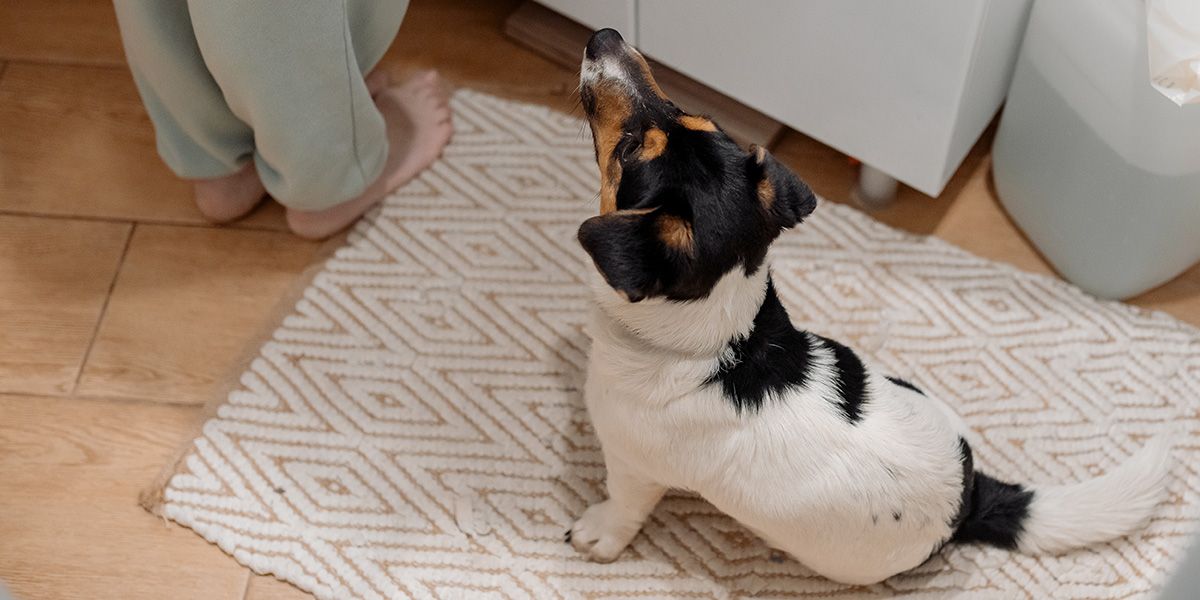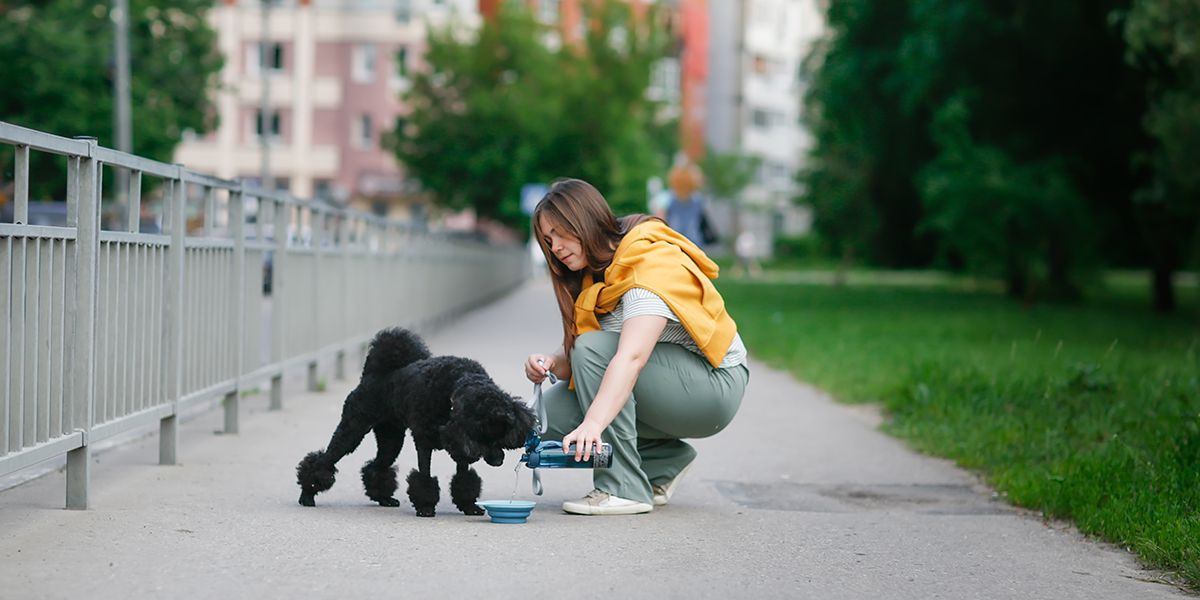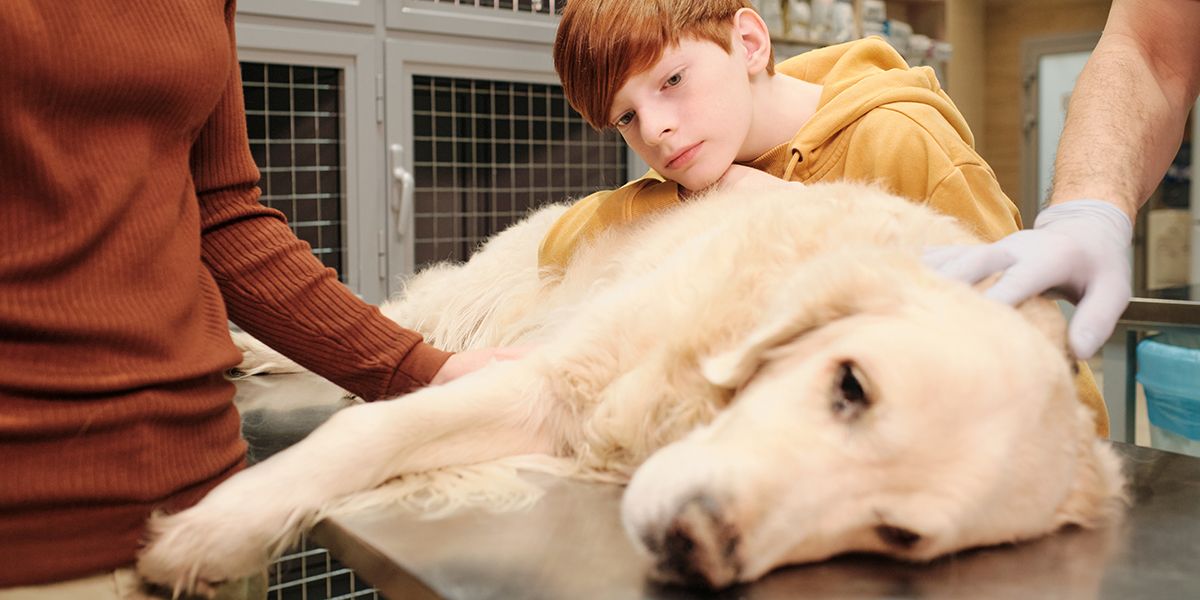Why Does My Dog Follow Me to the Bathroom?
When you go to the bathroom, you assume you’ll have privacy while you do your business, but your dog usually has other ideas. Your four-legged friend might accompany you more often than not.
When your dog watches your every move, you might wonder, “Why does my dog follow me to the bathroom?” Tucson’s trusted veterinarian provides answers that might surprise you. If you have any serious concerns about your dog’s health, call us at (520) 889-9643. Continue reading to learn more about your furry friend’s quirky habits.
Safety in Numbers
Early humans bred dogs from wolves. Your furry friend shares many traits with the wolves you see in nature documentaries.
Wolves have intricate social structures and travel in packs. Each pack usually contains between four and nine members.
This trait carries over into domesticated dogs. As pack animals, dogs seek safety in numbers. With more individuals involved, the world seems safer and more fun for your pup.
For Protection
Most dog breeds naturally have protective traits when it comes to their favorite human. Even if you have a small breed, your dog wants to keep you safe. From a dog’s perspective, a pack member’s vulnerability increases when they use the bathroom.
Obviously, you feel safe in your own home. But think about showering or going to the toilet outdoors; you’d feel exposed while staying alert for danger. Your dog views the world this way, so it offers an extra pair of eyes to watch your back.
For Companionship
As social animals, dogs want companionship during most activities. A happy dog has a rich, stimulating social life. It doesn’t understand concepts of privacy like you.
So your dog provides companionship during all activities. However, this need for regular companionship can also translate into separation anxiety. The signs of anxiety extend beyond the bathroom.
If you notice that your dog gets nervous when you leave home, you may need to address an anxiety issue. Other signs include destructive behavior when you leave and resource guarding against other people or animals. You can usually mitigate these issues with positive reinforcement.
Out of Curiosity
When asking, “Why does my dog follow me to the bathroom?” you might discover that your dog does it out of curiosity. Dogs have a high level of intelligence. Some dogs can solve simple problems or understand a diverse vocabulary.
Your dog might wonder what you’re doing there. Bathrooms provide a plethora of scents connected to you.
They learn why you smell a certain way, detect what you eat, and learn where you’ve been. They’ll use scents from clothes and your body to learn about your day.
Keep Your Furry Friend’s Health in Check
Want to learn more about your furry friends? Our experienced veterinarians at the Santa Cruz Veterinary Clinic can provide a wealth of knowledge. Now that you have the answer to “Why does my dog follow me to the bathroom?”, learn about other subjects like separation anxiety of greyhounds.
Schedule a checkup or address a health issue for your pet by calling us at (520) 889-9643.



